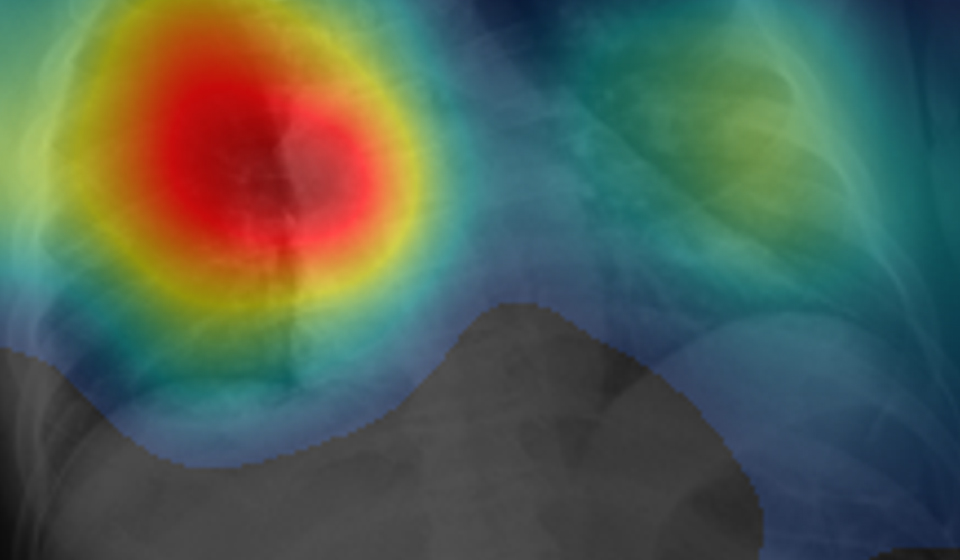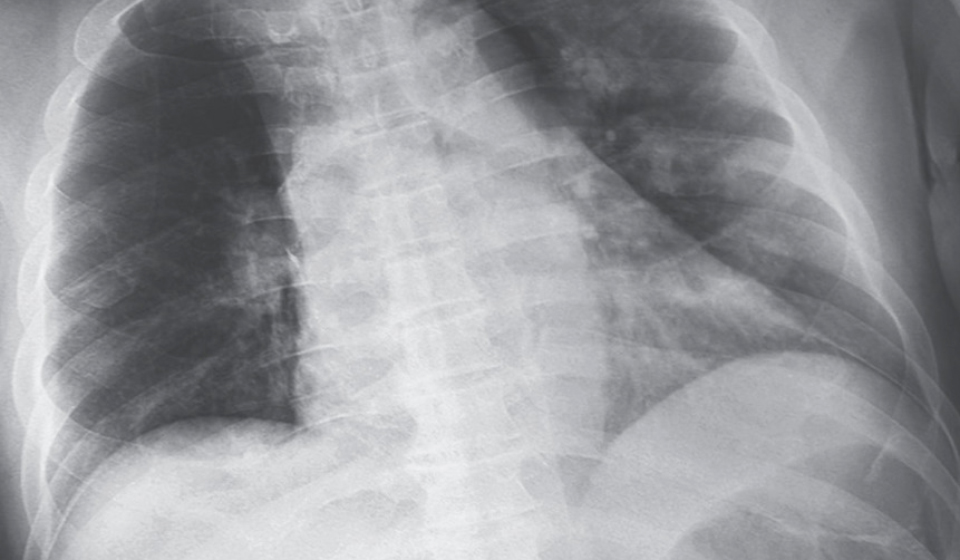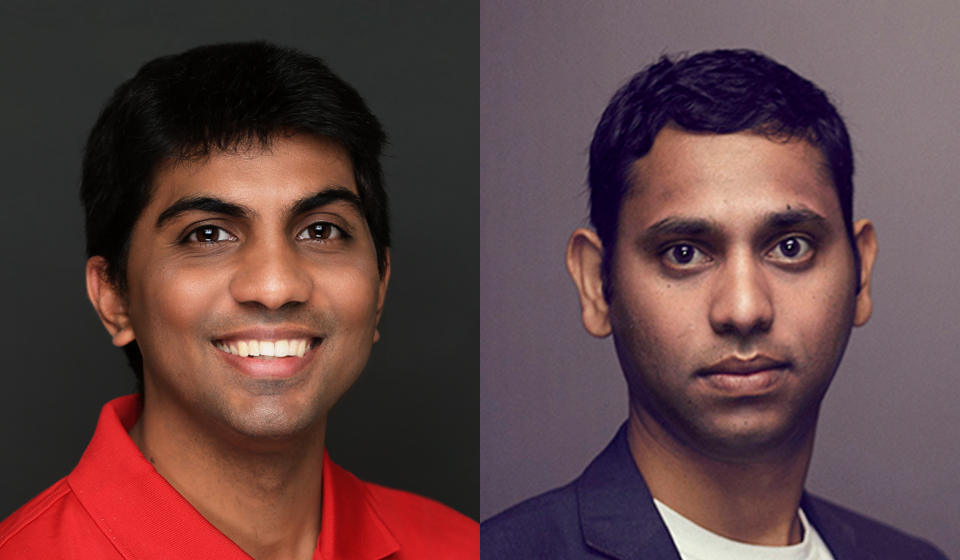Momentum

Quickly Detecting COVID-19
In a matter of hours, University of Dayton Research Institute scientist Barath Narayanan tailored existing medical diagnostics software to quickly diagnose COVID-19. The technology can detect the presence of COVID-19 on chest X-rays in seconds — with 98% accuracy. Then, in less than three days, University of Dayton alumnus Srikanth Kodeboyina exclusively licensed the technology, driven to bring it to the health care industry as quickly as possible. Kodeboyina, who owns Blue Eye Soft in Greenville, South Carolina, has filed a provisional patent on the technology.
Both men were driven by the same mission: Finding a way to rapidly provide another resource in the fight against COVID-19.
“We hope to be able to bring this new tool to market very quickly,” Kodeboyina said, adding that his startup company’s staff of 40 employees was virtually joined by more than 100 professionals based in Singapore, India and across the U.S., all contributing their expertise in artificial intelligence, medical licensing, cybersecurity and other related fields, to expedite further development of the product in preparation for a proposal to the FDA for approval. In the United States, end users would include hospitals, laboratories and medical professionals, he added.
Narayanan, a research scientist in UDRI’s sensor and software systems division, developed his technology using the “deep learning” branch of artificial intelligence — the same technology he uses to perform sponsored research for manufacturing and other commercial applications at the Research Institute. And for the last several years, after the workday ends, he’s continued working with the technology on his own time and for his own purpose: advancing research in AI to help doctors diagnose and treat patients more quickly.
Narayanan had already developed a number of software codes that successfully detect — with 92% to 99% accuracy — lung and breast cancers, malaria, brain tumors, tuberculosis, diabetic retinopathy and pneumonia on respective medical images, including X-rays, CT scans, blood smear slides and eye scans. When a set of chest X-rays from patients with and without COVID-19 were made available for research, just days into the pandemic, Narayanan quickly switched focus.
Drawing on expertise and coding developed on and off the clock, he quickly developed a deep learning algorithm that searches for markings on X-rays that indicate the presence of the disease. In a matter of hours, his software was classifying the images as having, or not having, markings of the disease with a high degree of accuracy.
Narayanan, who holds master’s and doctoral degrees in electrical engineering from UD and teaches part time in the University’s Department of Electrical and Computer Engineering, said he enjoyed the image processing aspect of his graduate student research, and decided to use the field to help people in some way. “I wanted to do something for the common good, and medical imaging seemed a good way to do that,” he said.
“Software-based diagnostic tools can help reduce human error and serve as a valuable, virtual second opinion for medical professionals, especially in parts of the world where medical teams are short-staffed. With additional research, these technologies can be fine-tuned to detect even the slightest anomalies on images — those that are difficult to see with the human eye — helping doctors diagnose and treat patients more quickly.”
Kodeboyina, who received his master’s degree in electrical and computer engineering from UD in 2011, has also been on a mission to develop software that will enhance human life, he said. “Right now, one of the most pressing needs on the planet is addressing the COVID-19 crisis. Artificial intelligence can be an important solution to support the health care industry in its fight to mitigate the impact of the disease, and we are on the leading edge of developing that technology.”
UD vice president for research John Leland said the University has been working to execute technology licenses quickly, but completing an agreement between UD and BES in only two and a half days was unprecedented. “We were driven to help Blue Eye Soft make this technology available as quickly as possible,” Leland said. “We are also excited that a UD grad has licensed one of our technologies and is working diligently to provide medical professionals a new tool in the fight against the spread of this devastating disease.”
While Narayanan is hoping to find funding that will enable him to further develop AI tools for the medical field, he said he will continue to work on his own time to help bring them to the health care industry.


